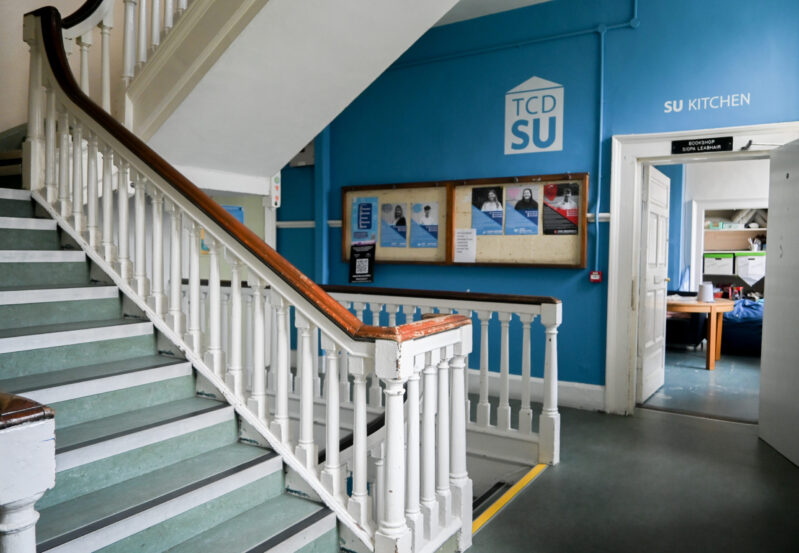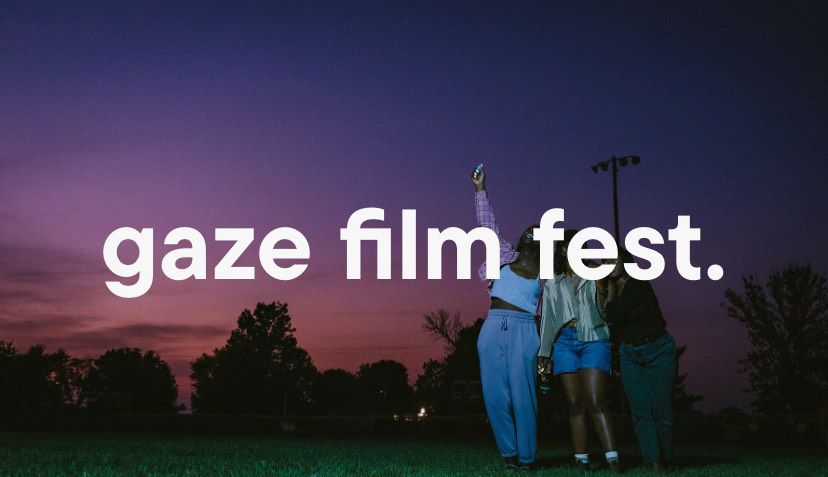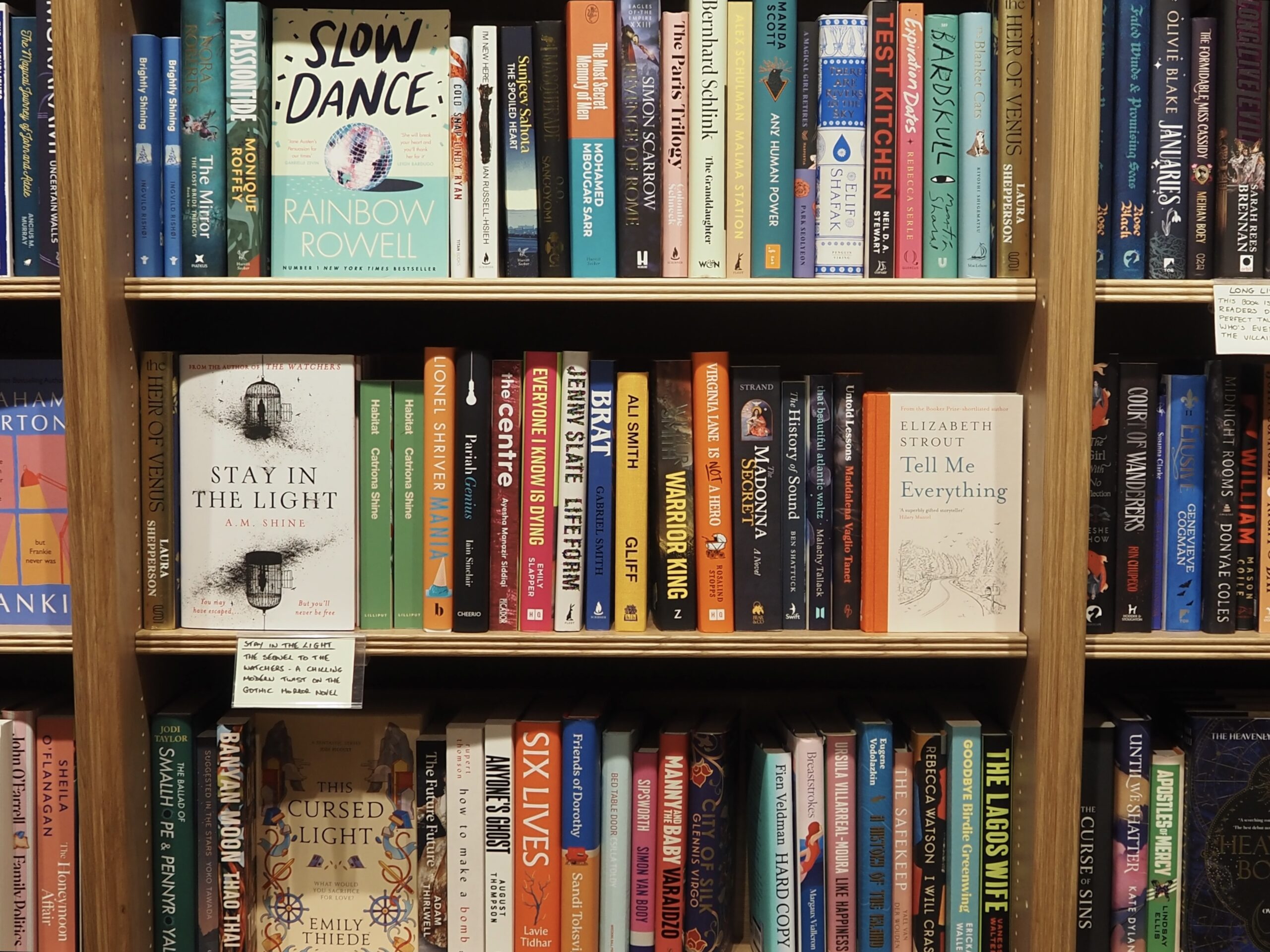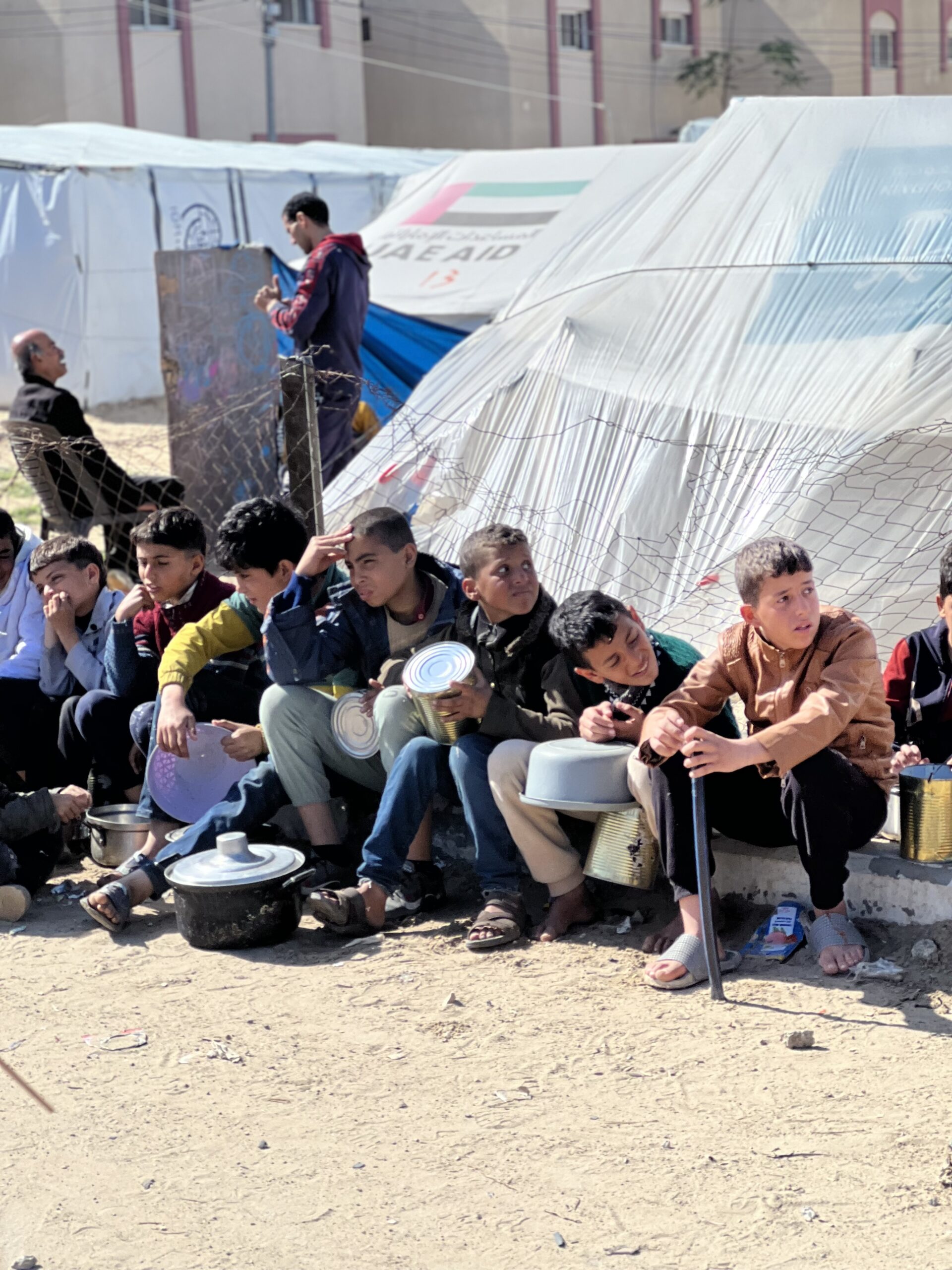
After the resounding success of its original run, and having notably won Best Actor at the Bewley’s Little Gem awards, as well as being nominated for Best New Play at the Irish Times Irish Theatre Awards, Fight Night returns for a 10th-anniversary tour. The play is written by Irish playwright and Trinity lecturer Gavin Kostick and starring Aonghus Óg McAnally under the direction of Bryan Burroughs in the same configuration as its original enactment. It chronicles the comeback of failed amateur boxer Dan Coyle Jr, his experience of new parenthood and his difficult relationship with his father. The University Times spoke to Gavin Kostick about his experience coming back to his play after 10 years for this tour.
Kostick, who studied English literature at Trinity in the 1980s, during which time he was heavily involved in DU Players, is an Irish playwright and works as literary manager at Fishamble, the “only independent Irish company dedicated solely to the production of new Irish drama for the public”. Recalling the genesis of Fight Night, Kostick notes that the play came out of his work with Fishamble and his search “for new innovative ways to create work for the public”.
In addition, Fight Night “essentially came out of the banking crash”, according to Kostick, and an environment in Ireland where it became increasingly clear that this crash would heavily impact the arts sector, which notably “lost between a quarter and a third of its funding over a two- to three-year period”. The project that birthed Fight Night “began out of a discussion between [Kostick] and Fishamble, Dublin Fringe and the Irish Institute to create high-quality, actor-focused work”.
From this project, Fight Night was in the original set of five plays which constituted Show in a Bag productions – an initiative to resource theatre makers and actors – and premiered in its inaugural year. With this background to the play’s original development, Kostick notes parallels between the current socio-economic context with the pandemic halting production within the arts sector, only with increased funding.
Kostick is coming back to his play with distance, noting that he is “letting Aonghus [Óg McAnally] and Bryan Burroughs get on with it”. He is, on the other hand, interested in the manifestation of the age gap between himself and solo performer Óg McAnally. Kostick notably explains that he is “older than Aonghus by about 10 years, but [his] life experiences are similar, only 10 years ahead”. He continues, clarifying that “I think I was dealing with things that, unbeknownst to Aonghus, would become quite personal to him”, extending a timeless significance to the themes of the play and how they have become more relevant to Óg McAnally’s performance with the years.
Discussing the differences in the development process of the tour in comparison to the process a decade ago, Kostick notes the timing difference. Indeed “the original set of five plays were created between March and September in the Show-in-a-bag model”, emphasising a fast-paced schedule following the banking crash, necessitating “different models for making things and encouraging people who haven’t got much money because of the crash to come out and spend their well-earned money on the theatre”. In this sense, Kostick remembers “writing a section a day over a two week period” whereas now, in coming back to the script, he and Óg McAnally have opted to change a few lines that have become “dated in an unhelpful way” so as to “not distract the audience with unnecessary moments” of questions. With this, the playwright highlights his excitement to see the audience’s reaction by “almost presenting the original ten years later, to see what it looks and feels like”.
Despite the drastic changes in social circumstances over the past decade, Kostick identifies different aspects of Fight Night that have increased in relevance since writing it. He notes that “Ireland has had a grinding relationship with housing and the issue of housing, accommodation, family life and the ability to live a normal life in the inner city centre has become more intense since the original production”, so audiences will find resonances in Fight Night about “making a living and paying to make a living”. He points to the play’s enduring significance, remarking that “there are still a lot of people out there who are setting up families on fairly shaky foundations”, while the identity crisis of reaching your late 20s or early 30s and questioning what you are doing with life “is still an issue”, according to Kostick.
Audiences can expect a good night out in the “55-minute pocket rocker of a play”, in Kostick’s playful words. Fight Night not only set the model for the archetypal Show in a Bag production, which was followed by five plays a year over the course of ten years, but also, according to its playwright, “set the tone for the kind of one person play that explores a network of relationships”. Its timeless resonance lies in its honesty and integrity, which Kostick attributes to Aonghus Óg McAnally’s commitment to it, making “something special about it”, concluding that audiences will be able to “see the personal passion the two of us put into it”.
The nationwide Fight Night 10th anniversary tour kicked off on November 4th in Newbridge and runs through 25 dates across Ireland to close on February 12th in Tralee. The Dublin venues include Pavilion Theatre, Dun Laoghaire, Draíocht Theatre, Blanchardstown, Axis Ballymun and Smock Alley Theatre.






